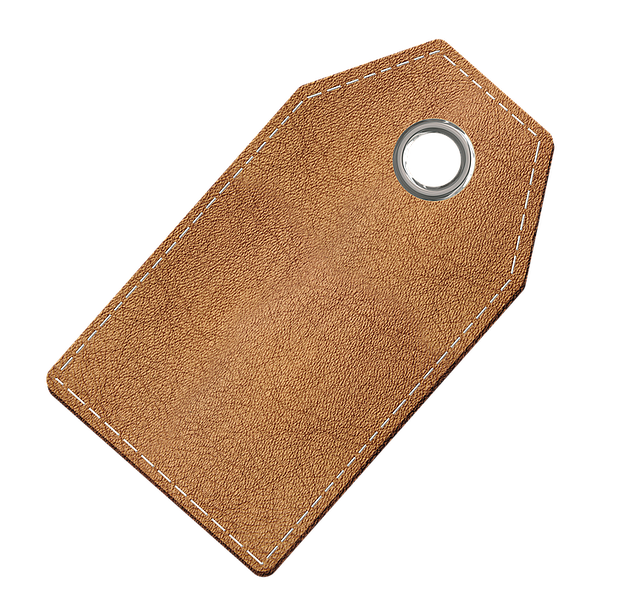Skin tags, caused by friction or skin folding, are removable for cosmetic reasons via Bradford Tag Removal. This surgical procedure, typically done by dermatologists, involves local anesthesia, incision, and tag removal. Proper post-care is crucial for healing. Choose a qualified specialist for best results in Bradford Tag Removal.
Considering surgical removal for those pesky skin tags? This comprehensive guide is your go-to resource for understanding and addressing this common concern. From exploring the causes and types of skin tags to navigating the decision for removal, we break down everything you need to know. Learn about the procedure step-by-step, find expert advice on choosing a medical professional, and discover vital post-removal care tips for optimal recovery. Get ready to bid farewell to those Bradford tag removal challenges!
- Understanding Skin Tags: Causes and Types
- When to Consider Surgical Removal
- The Procedure: Step-by-Step Guide
- Choosing the Right Medical Professional
- Post-Removal Care and Recovery Tips
Understanding Skin Tags: Causes and Types

Skin tags, also known as acrochordons, are small, soft pieces of skin that hang off the body, often appearing as small bags or growths. They are typically harmless but can be a source of cosmetic concern for many individuals. Understanding their causes and types is essential when considering surgical removal methods, such as Bradford Tag Removal procedures.
These tags develop due to various factors, most commonly friction or skin folding. They can occur anywhere on the body but are more frequently found in areas exposed to rubbing, including the neck, armpits, groin, and hands. Skin tags come in different types, varying in size, shape, and color. Some may be as small as a few millimeters, while others can grow up to a couple of centimeters. They can be singular or occur in clusters, often inherited from one’s parents or acquired throughout life due to repeated friction or trauma.
When to Consider Surgical Removal

If you have skin tags and they are causing discomfort, unsightly appearance, or any other distress, it might be time to consider surgical removal. Skin tags, also known as acrochordons, are harmless growths that typically appear on the neck, armpits, or groin areas. While many people choose to leave them alone, others opt for removal for personal aesthetic preferences or relief from physical annoyance.
In terms of Bradford Tag Removal, it is a common procedure performed by dermatologists and specialized clinics. It involves cutting out the skin tag with a scalpel or laser and usually takes just a few minutes. This option is particularly suitable when non-surgical methods like freezing or tying off the tag haven’t been effective or are not desired. Always consult a healthcare professional to determine if surgical removal is the best course of action for your specific case.
The Procedure: Step-by-Step Guide

The procedure for surgical removal of skin tags, commonly known as Bradford tag removal, involves a simple yet precise process. First, the patient is prepared for surgery, typically with local anesthesia to numb the area around the tag. A small incision is then made around the skin tag using sterilized surgical instruments. Once the tag is accessed, it’s carefully removed, ensuring no traces of the skin growth remain.
The surgeon may use different techniques depending on the size and location of the tag. Small tags might be snipped off with scissors after numbing, while larger ones may require more precise cutting or scraping to prevent scarring. After removal, the incision is cleaned and bandaged for optimal healing.
Choosing the Right Medical Professional

When considering surgical removal of skin tags, choosing the right medical professional is paramount for a successful and safe procedure. Look for a qualified dermatologist or a surgeon with extensive experience in dermatological procedures, particularly focusing on tag removal. In Bradford, many reputable clinics offer expert services tailored to your needs.
Ensure the provider has excellent reviews, uses sterile and modern equipment, and provides detailed explanations of the process and potential side effects. A good medical professional will address any concerns you may have and guide you through the recovery process. For a seamless and effective Bradford Tag Removal experience, trust a specialist who prioritises your comfort and satisfaction.
Post-Removal Care and Recovery Tips

After the surgical removal of skin tags in Bradford, proper post-care is essential for a smooth recovery. Firstly, keep the treated area clean and dry; gently wash with mild soap and water, avoiding any harsh scrubbing. Applying a thin layer of over-the-counter antiseptic cream or ointment can help prevent infection and promote healing. It’s crucial to avoid picking or touching the site to reduce the risk of complications.
During the healing process, you may notice some redness, swelling, or mild discomfort, which is normal. Over-the-counter pain relievers can manage any discomfort. As the wound heals, it’s recommended to use a soft, clean cloth to gently pat the area dry after washing. With proper care, skin tags removal in Bradford can result in minimal scarring and a smoother complexion.
Skin tags can be harmless but may cause discomfort or self-consciousness. If non-invasive treatments haven’t provided relief, surgical removal offers a permanent solution for those seeking to get rid of skin tags in Bradford. With proper post-procedure care, the process is relatively straightforward and can significantly improve one’s quality of life. Remember, it’s essential to consult with a qualified medical professional who can guide you through the entire process, ensuring optimal results and minimizing recovery time.
